 |
 |
 |
| Archive images - May 2017 |
||
 Birdsfoot trefoil (eggs-and-bacon) in flower at Sandhouse Lane Nature Reserve on 28 May 2017. |
||
 A four-spotted chaser dragonfly at Sandhouse Lane NR, 28 May 2017. |
||
 Orchids in flower at Sandhouse Lane NR, 28 May 2017. On the left is a common spotted orchid, on the right a Southern marsh orchid. |
||
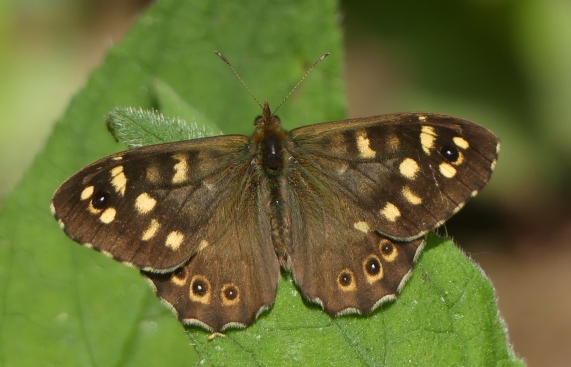 A speckled wood butterfly in All Saints Leighton Buzzard churchyard, 27 May 2017. |
||
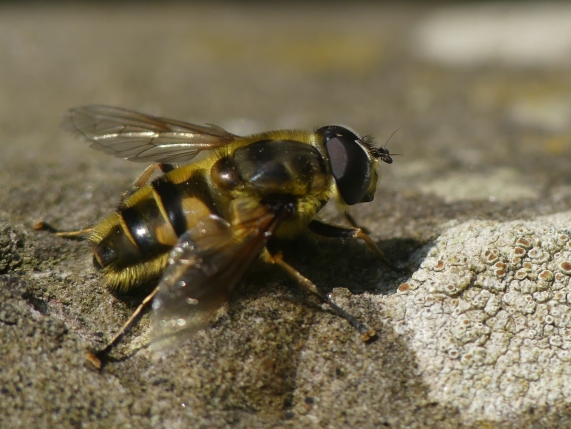 A hoverfly (Myathropa florea) on a gravestone in All Saints LB churchyard on 27 May 2017. There is a growth of grey lichen in front of it; the surface is cracking and coloured discs can be seen. |
||
 A broad-bodied chaser dragonfly at the pond in Linslade Woods on 26 May 2017. It has huge compound eyes with nearly 360 degrees of vision and is a fast and acrobatic flyer. |
||
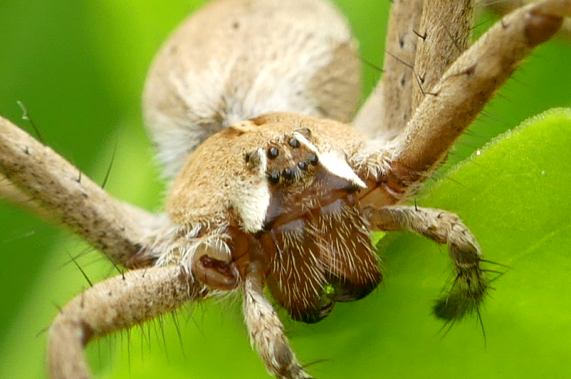 A prolific hunter in low scrub, the nursery web spider (Pisaura mirabilis) in our garden, Alwins Field, on 25 May 2017. Yes, it has eight eyes - all the better to see you with. |
||
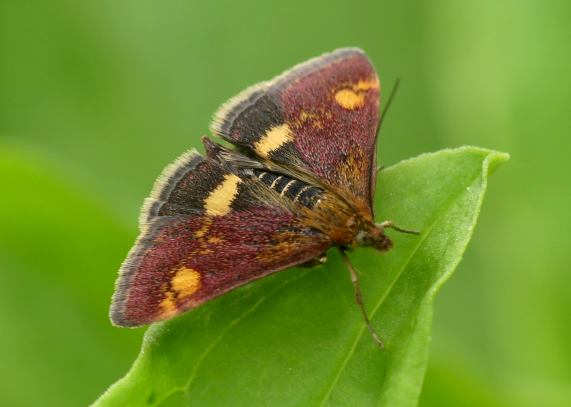 This mint moth (Pyrausta aurata) was in our garden, Alwins Field, on 24 May 2017. It is a micro moth. |
||
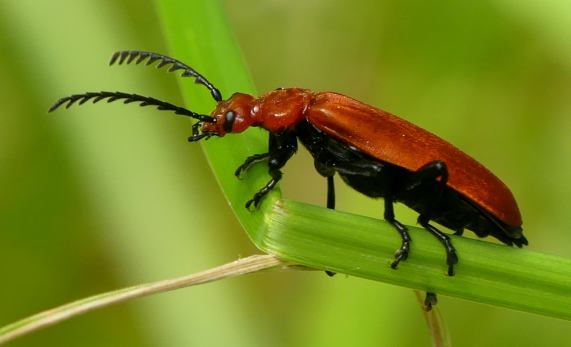 Red-headed cardinal beetle (Pyrochroa serraticornis) in Linslade Woods, 22 May 2017. |
||
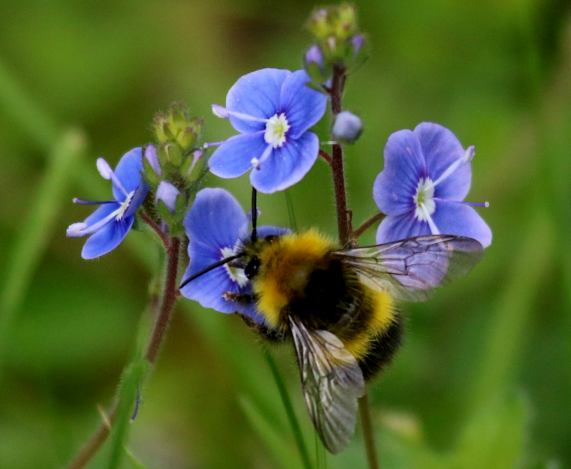 A worker bumble bee visiting speedwell flowers at Sandhouse Lane Nature Reserve, 21 May 2017. |
||
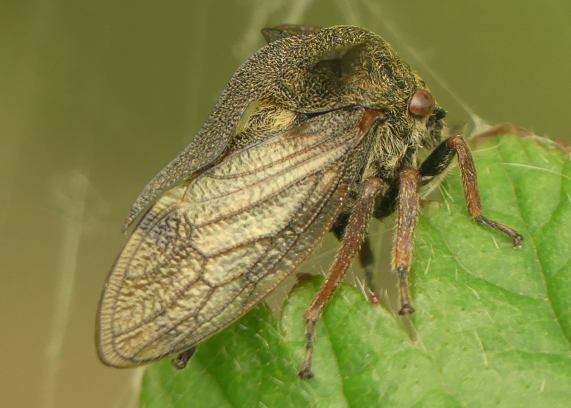 This strange-looking creature is a horned treehopper - the horn is just visible right at the top. Sandhouse Lane NR, 21 May 2017. It is quite small - only about 10mm long. |
||
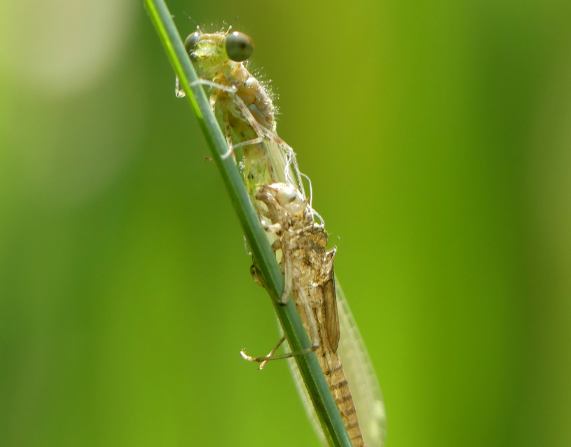 A damselfly that has just emerged from its larval skin, Sandhouse Lane NR, 21 May 2017. It is very soft and cannot fly at this stage. |
||
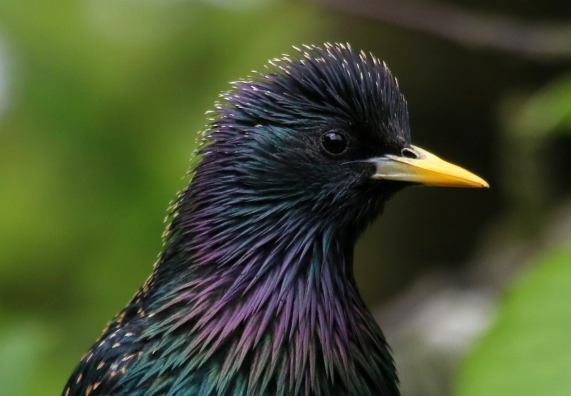 A handsome but slightly damp male starling in close-up with his crest raised, Alwins Field, 19 May 2017. |
||
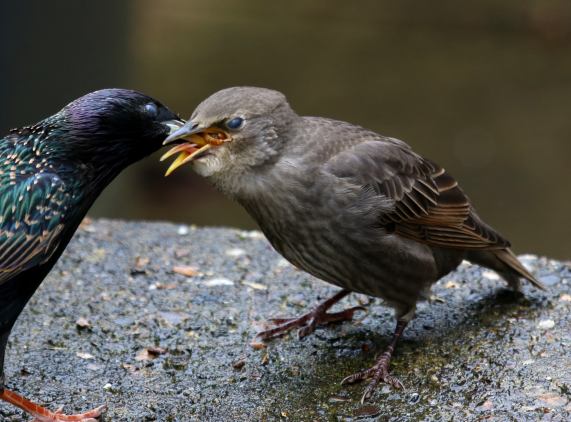 A young starling being fed by dad, Alwins Field, 19 May 2017. Both birds have their nictitating membranes covering their eyes since a sharp beak in the eye could be nasty. |
||
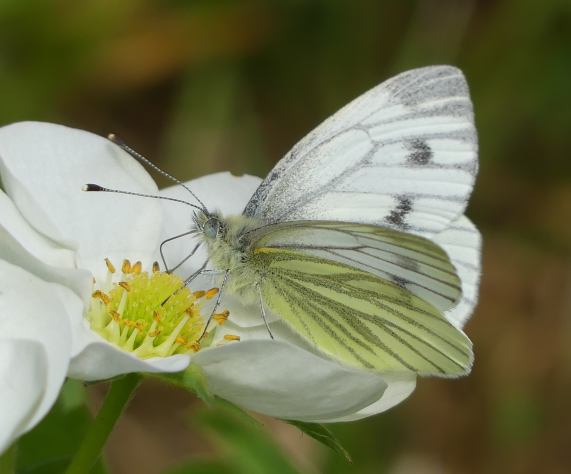 A green-veined white butterfly (helping to pollinate the strawberries), Alwins Field allotments, 18 May 2017. |
||
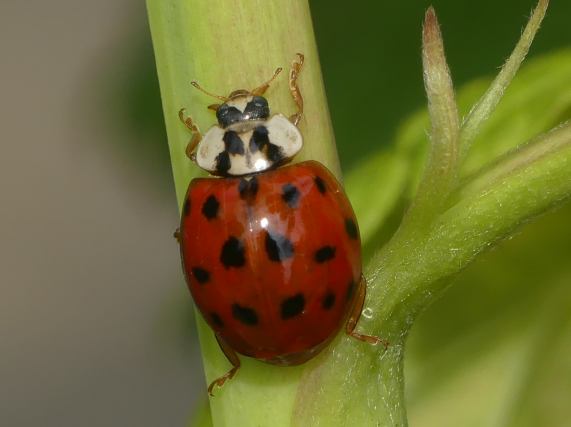 One of the many types of harlequin ladybird, Alwins Field allotments, 18 May 2017. |
||
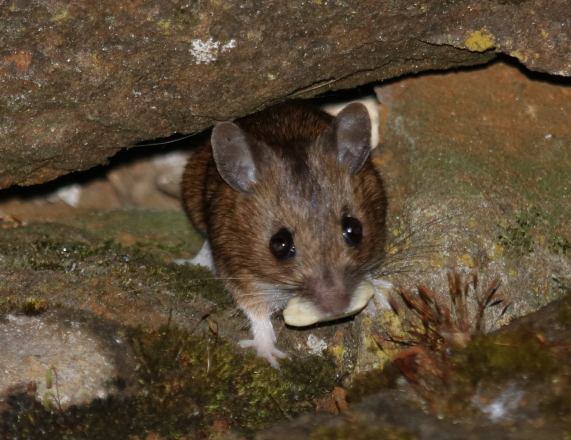 Field mouse taking away a peanut, Alwins Field, 16 May 2017. |
||
 A blue tit taking a bath in the pond in Linslade Woods, 14 May 2017. |
||
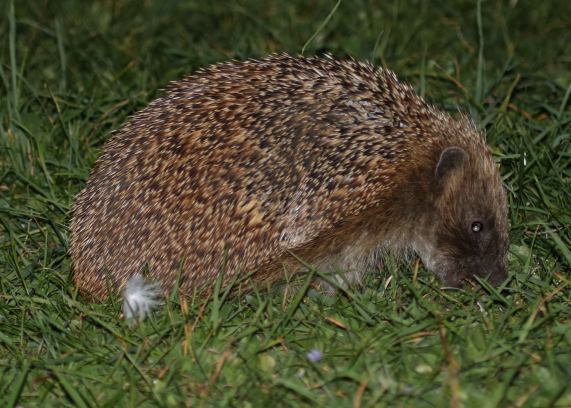 A hedgehog had been visiting our garden recently (leaving signs), but this was the first time we'd seen one for over a year - Alwins Field, 13 May 2017. (Taken with flash at night.) |
||
 This robin has been working so hard trying to feed its chicks that it hasn't had time to sort out its feathers; Alwins Field, 13 May 2017. |
||
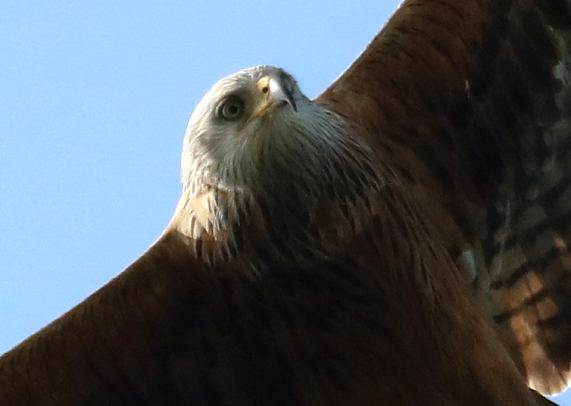 A red kite flying low over our garden, Alwins Field, 11 May 2017. (I think it saw me.) |
||
 A small copper butterfly on ground ivy at Tiddenfoot Waterside Park, 10 May 2017. |
||
 This is an immature male common blue damselfly at Tiddenfoot WP on 10 May 2017. He will develop more blue colouring as he matures. |
||
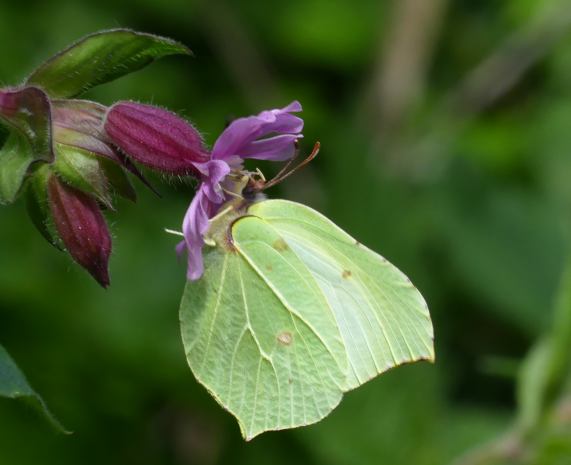 A female brimstone butterfly on red campion in Sandhouse Lane, Heath and Reach, 7 May 2017. |
||
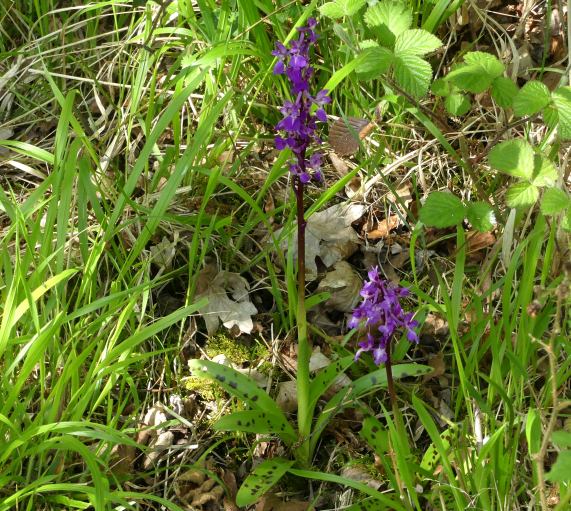 Early purple orchids in flower in King's Wood, Heath and Reach, photographed on 7 May 2017. |
||
 A close-up of a hazel leaf-roller weevil (Apoderus coryli) in King's Wood on 7 May 2017. It was about 6mm long. |
||
 A large red damselfly at Sandhouse Lane NR, 7 May 2017. |
||
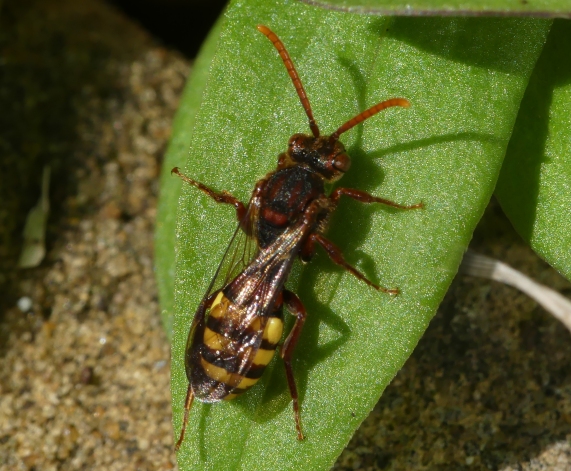 A nomad bee (Nomada flava) in our garden, Alwins Field, 2 May 2017. Nomad bees are "cuckoos" - they invade the nests of solitary bees (usually Andrena species) and lay their eggs in them. |
||
Return to archive page ¦ Return to home page